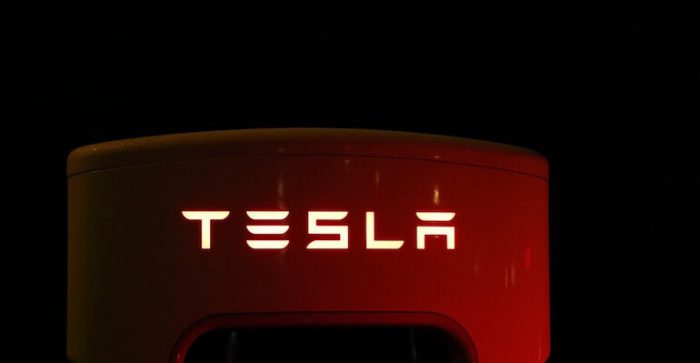Tesla’s Battery Revolution Just Reached Critical Mass
Bloomberg, January 30, 2017
Tesla Motors Inc. is making a huge bet that millions of small batteries can be strung together to help kick fossil fuels off the grid. The idea is a powerful one—one that’s been used to help justify the company’s $5 billion factory near Reno, Nev.—but batteries have so far only appeared in a handful of true, grid-scale pilot projects.
That changes this week.
Three massive battery storage plants—built by Tesla, AES Corp., and Altagas Ltd.—are all officially going live in southern California at about the same time. Any one of these projects would have been the largest battery storage facility ever built. Combined, they amount to 15 percent of the battery storage installed planet-wide last year.
Ribbons will be cut and executives will take their bows. But this is a revolution that’s just getting started, Tesla Chief Technology Officer J.B. Straubel said in an interview on Friday. “It’s sort of hard to comprehend sometimes the speed all this is going at,” he said. “Our storage is growing as fast as we can humanly scale it.”
The new battery projects were commissioned in response to a fossil-fuel disaster—the natural gas leak at Aliso Canyon, near the Los Angeles neighborhood of Porter Ranch. It released thousands of tons of methane into the air before it was sealed last February.
In its wake, Southern California Edison (SCE) rushed to deploy energy storage deals to alleviate the risk of winter blackouts. There wasn’t any time to waste: All of the projects rolling out this week were completed within 6 months, an unprecedented feat. Tesla moved particularly nimbly, completing in just three months a project that in the past would have taken years.
The battery storage industry—a key part of the plan if wind and solar power are to ever dominate the grid—is less than a decade old and still relatively small. Until recently, batteries were many times more expensive than natural gas “peaker” plants that fire up to meet surging demand in the evening and morning hours.
But prices for lithium-ion batteries have fallen fast—by almost half just since 2014. Electric cars are largely responsible, increasing demand and requiring a new scale of manufacturing for the same battery cells used in grid storage. California is mandating that its utilities begin testing batteries by adding more than 1.32 gigawatts by 2020. For context, consider this: In 2016, the global market for storage was less than a gigawatt.
California’s goal is considerable, but it’s dwarfed by Tesla’s ambition to single-handedly deliver 15 gigawatt hours of battery storage a year by the 2020s—enough to provide several nuclear power plants–worth of electricity to the grid during peak hours of demand. Not everyone, however, is that optimistic.
